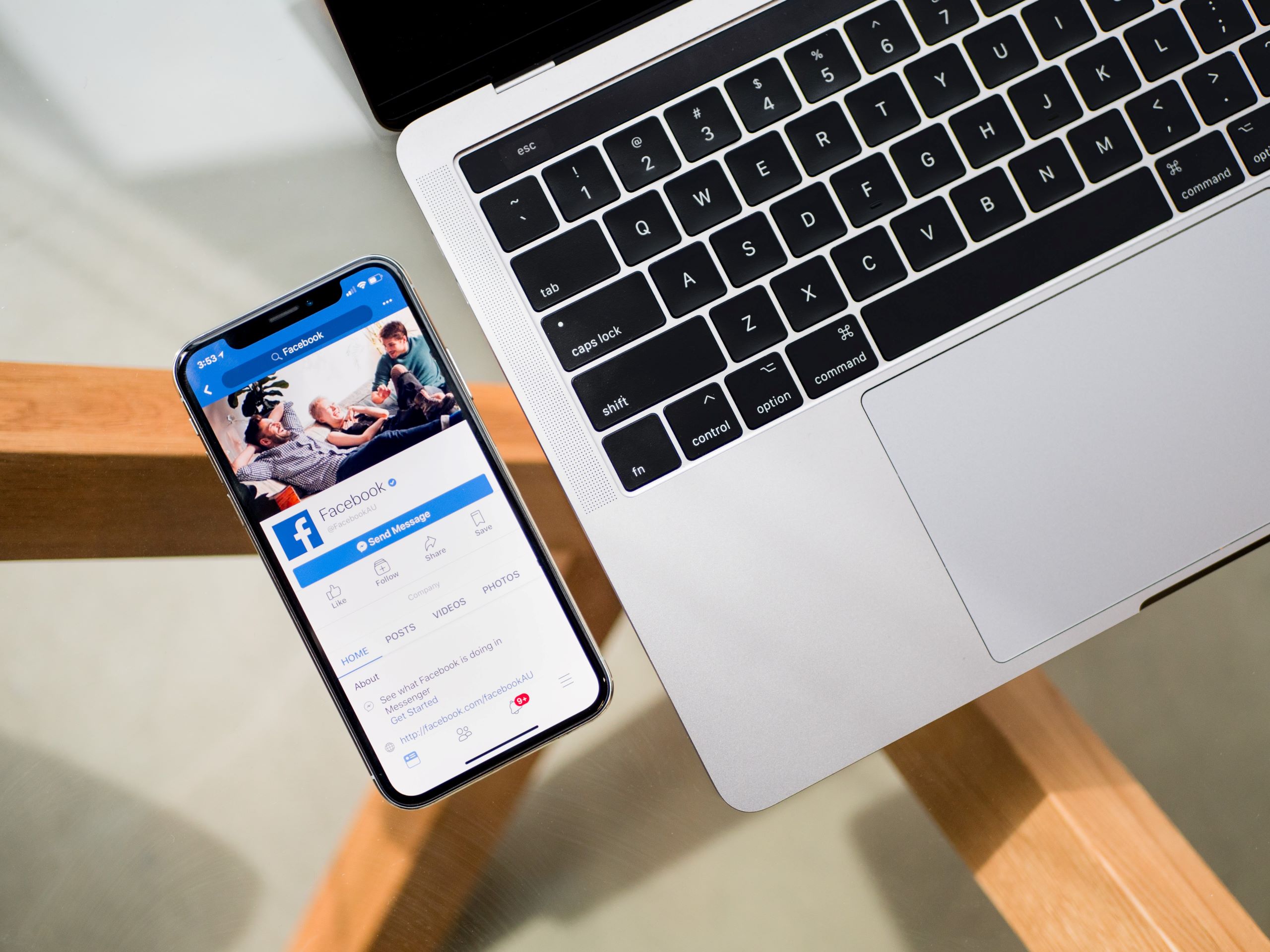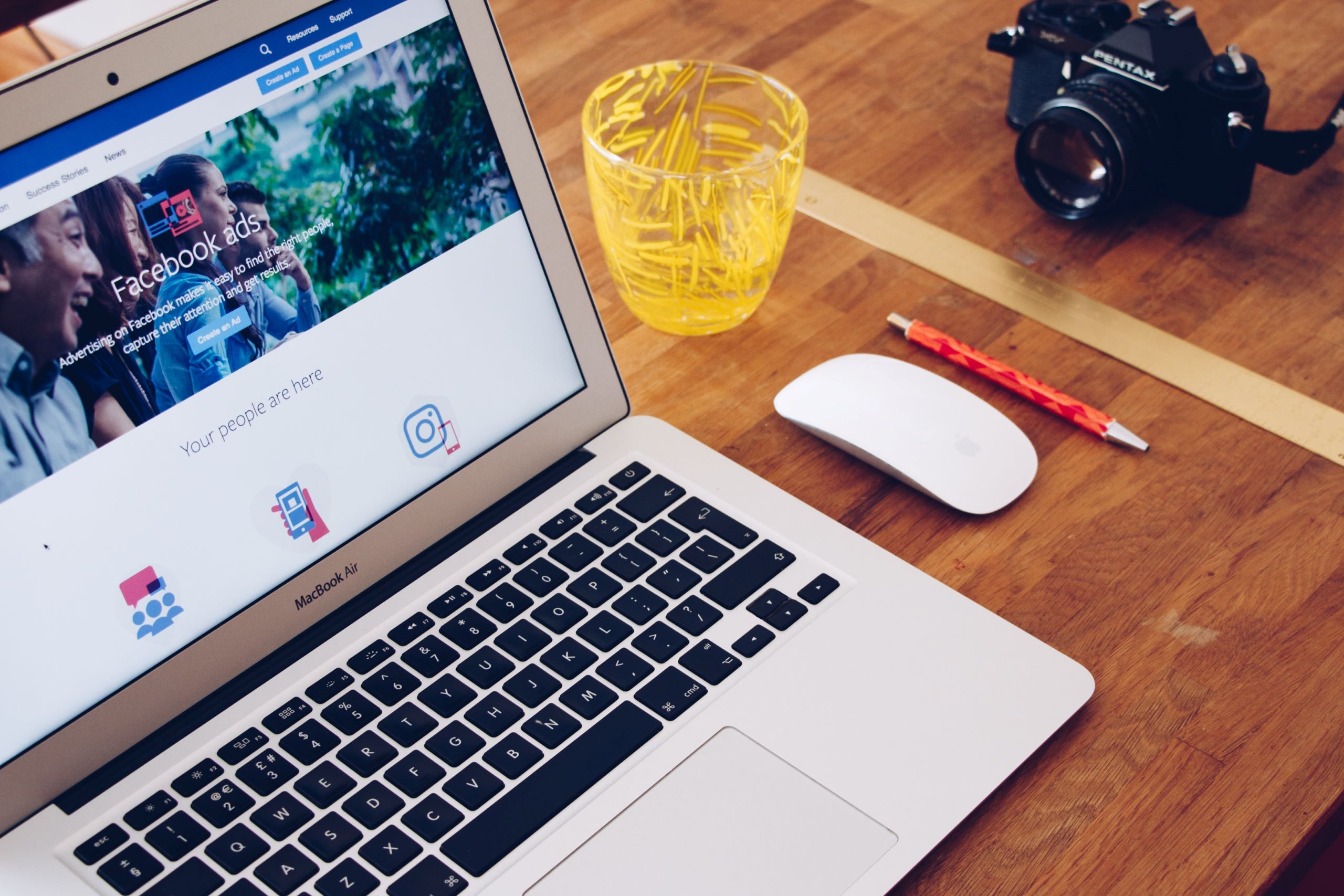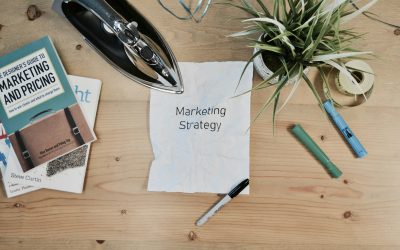Facebook advertising is a form of online marketing that allows businesses and organisations to target users of social networking sites with customised advertisements. The ads appear in the user’s news feed, on the right-hand side of the page, or in both places.
Facebook allows for many targeting options, so businesses can narrow their audience to those most likely to be interested in their products or services. In recent years, the site has also introduced new features, such as targeting users based on their interests, which makes it even more powerful as a marketing tool.
Why use Facebook advertising?
There are several reasons why businesses might choose to use Facebook advertising. Here are some of the reasons;
- Facebook has a very large user base: As of the second quarter of 2017, Facebook had 2 billion monthly active users. This is a huge potential audience for businesses to reach.
- Facebook ads are highly customisable: Companies can target their ads to particular demographics, interests, and behaviours. This ensures that the ads are seen by those most likely to be interested in them.
- Facebook ads are relatively inexpensive: The cost-per-click of a Facebook ad is typically lower than that of other online advertising platforms.
- Facebook ads can be highly effective: Statistics show that Facebook ads have a higher click-through rate than other online advertising platforms.
How to spend your Facebook advertising budget
Once you’ve decided to use Facebook advertising, you need to figure out how to spend your budget. There are a few factors to consider when doing this;
- First, you need to decide how much you’re willing to spend on each click. This is known as your cost-per-click (CPC) bid. You can set your CPC bid manually or let Facebook automatically set it for you based on your budget and target audience.
- Second, you need to decide how much money you’re willing to spend on your Facebook advertising campaign. This is your total budget.
- Third, you need to decide how long your campaign will run. Facebook allows you to set start and end dates for your campaign.
- Finally, you need to decide what you want your campaign to achieve. Do you want to increase website traffic, get more leads, or generate more sales? Once you’ve decided this, you can create a goal for your campaign.
Once you’ve figured out these things, you can start creating your Facebook ad.
How to create a Facebook ad?
Creating a Facebook ad is relatively simple. First, you’ll need to create a campaign, and you can do this by clicking on the “Create Campaign” button on the Ads Manager page.
Next, you’ll need to select your campaign objective. Facebook offers several objectives, including brand awareness, reach, traffic, engagement, and conversions. Select the objective that best fits your goals for the ad campaign.
Once you’ve selected your objective, you’ll need to choose your target audience. Facebook allows you to target users by location, demographics, interests, and behaviours. You can also target users who have interacted with your business in the past.
Next, you’ll need to create your ad. Facebook provides several different ad formats, including photos, videos, carousels, and slideshows. You’ll need to choose the design that best suits your goals for the ad.
Finally, you’ll need to set your budget and schedule. Facebook allows you to set a daily or lifetime budget for your ad campaign. You can also choose to run your ad continuously or for a limited time.
Once you’ve created your ad, Facebook will review it before it is approved and made live. This process usually takes a few hours but can occasionally take up to 24 hours.


Best way to set up a Facebook campaign
How to create a Facebook campaign depends on your goals for the campaign.
- If you’re looking to increase brand awareness, you’ll want to create an eye-catching ad that includes a call to action.
- If you’re looking to drive traffic to your website, you’ll want to create an ad that includes a link to your website.
- If you’re looking for engagement, you’ll want to create an ad that will likely generate a high number of likes, comments, and shares.
- Finally, if you’re looking for conversions, you’ll want to create an ad that includes a strong call to action and a link to your website or landing page.
Here are tips to help you set up a successful Facebook campaign with a low budget;
- Find Your Facebook Audience
First, you need to identify your target audience. Facebook allows you to target users by demographics, interests, and behaviours. You can also target users who have interacted with your business in the past.
Alternatively, you may consider your buyer personas. Your buyer personas are fictional, generalized representations of your ideal customers. You can use your buyer personas to help you identify your target audience on Facebook.
For example, if you’re a clothing company, your target audience might be women between 18 and 34 who live in your area. Some examples of companies that have used this targeting method successfully are Lululemon, Forever 21, and H&M. - Create Relevant Content
Once you’ve identified your target audience, you need to create relevant content. This content should be eye-catching and relevant to your target audience. If you’re a clothing company, your content might include photos of your products, behind-the-scenes images of your company, and fashion tips.
Your content should also include a call to action. A call to action is a statement that encourages your target audience to take a specific action. For example, your call to action might be “Visit our website to shop our new collection.” - Choose the Right Format
Facebook offers several ad formats, including photos, videos, carousels, and slideshows. You’ll need to choose the design that best suits your goals for the ad.
For example, if you’re looking to increase brand awareness, you might want to use a video or carousel format. These formats are more likely to capture the attention of your target audience than a photo.
If you’re looking to drive traffic to your website, you might want to use a photo or video format. These formats are more likely to include a link to your website.
If you’re looking for engagement, you might want to use a carousel or slideshow format. These formats are more likely to generate many likes, comments, and shares.
Finally, if you’re looking for conversions, you might want to use a photo or video format. These formats are more likely to include a strong call to action and a link to your website or landing page. - Set Your Budget
Facebook allows you to set a daily or lifetime budget for your ad campaign. You’ll need to decide how much you’re willing to spend on your ad campaign.
If you’re working with a limited budget, you might want to consider setting a daily budget. This will allow you to control how much you spend on your ad campaign each day.
If you’re working with a larger budget, you might want to consider setting a lifetime budget. This will allow you to control how much you spend on your ad campaign throughout the campaign. - Define What Works
After you’ve created your ad, you’ll need to track your results. Facebook provides detailed reports that show how your ad is performing.
These reports can track your ad’s reach, impressions, clicks, and conversion rate. You can also use these reports to track the amount of money you’re spending on your ad campaign.
If you do not see the results you want, you can change your ad campaign. You might need to change your target audience, the content of your ad, or the format of your ad. - Optimize Your Ads
Once your ad campaign is up and running, you’ll need to track its performance and make changes. Facebook offers several tools to help you track the performance of your ads.
You can use the Facebook Ads Manager to track your ad campaign’s reach, impressions, clicks, and conversions. You can also use the Facebook Insights tool to track your ad campaign’s engagement.
If you’re not happy with the performance of your ad campaign, you’ll need to make changes. You may need to adjust your target audience, create new content, or change your budget.
You can also use A/B testing to compare the performance of two different ad campaigns. A/B testing allows you to test various ad campaign elements to see which performs better.
For example, you might want to test different images or headlines to see which gets more clicks. A/B testing can be a great way to improve the performance of your ad campaign.
Final thoughts
Creating a successful Facebook ad campaign takes time and effort. But if you follow these steps, you’ll be on your way to creating a successful campaign. Be sure to track the results of your ad campaign and make changes as needed. Keep in mind that Facebook offers several tools to help you track the performance of your ads.
If you want to learn more about Facebook advertising, Digital Academy can help! We have short courses and certifications on social media, paid advertising, and more.
If you’d like to speak to someone about what we have to offer, please get in touch and one of our helpful team will tell you everything you need to know.




